Since the mid-1990s, laser treatment for wrinkles has been widely accepted as one of the most effective wrinkle treatments. Of course, the term “laser” conjures up images from science fiction, implying immediate results with no downtime. In reality, lasers can be used in a variety of ways to help improve the appearance of wrinkles. These methods are based on principles that govern how the skin heals after light energy is absorbed by different parts of the skin, and how different forms of energy interact with these parts of the skin.
Types of Laser Treatments for Face
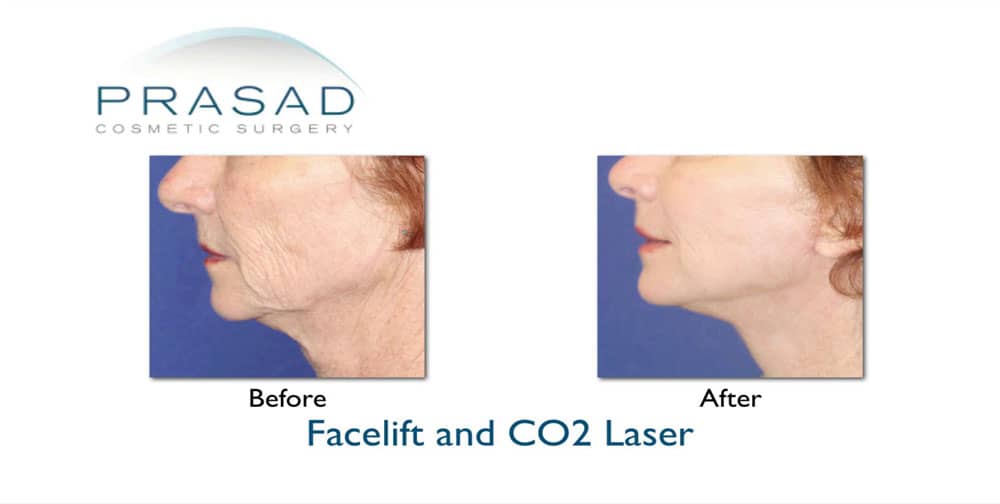
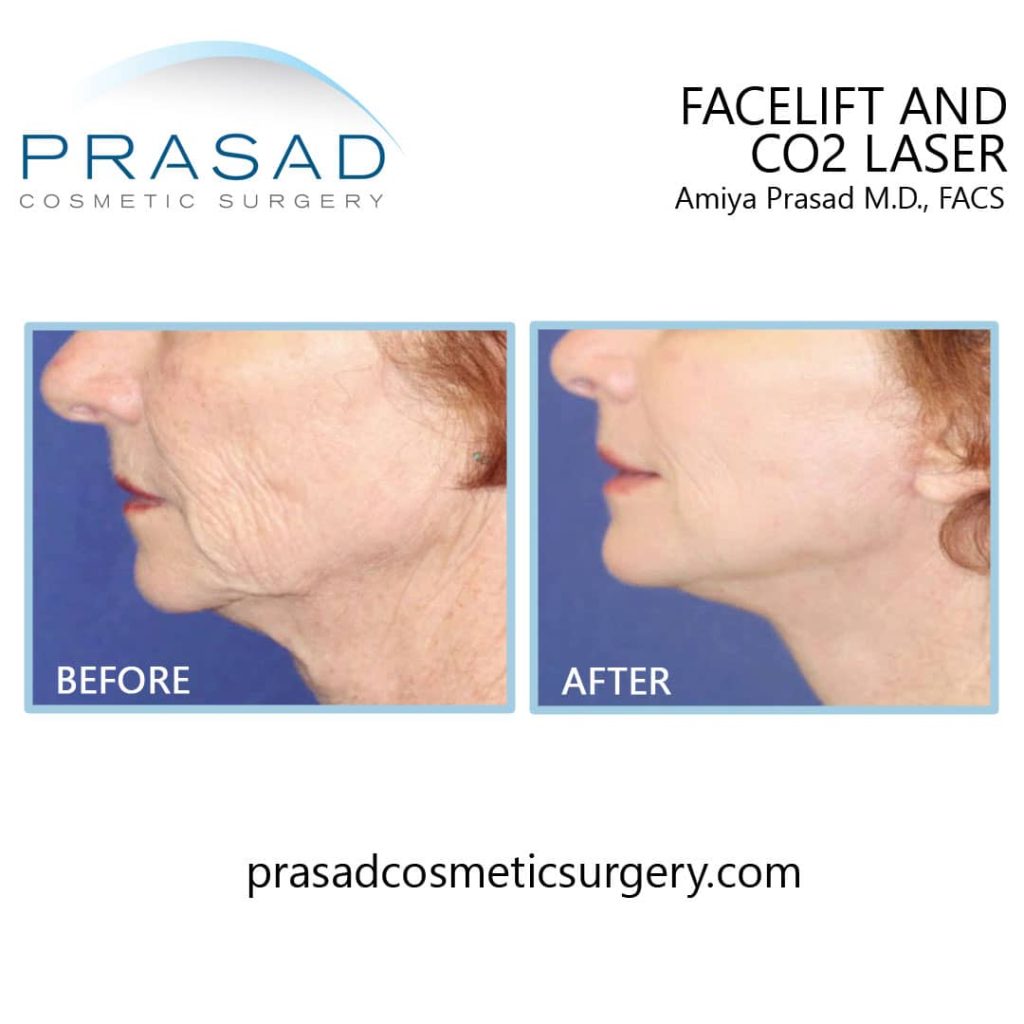
A non-ablative laser is another laser technology that can improve the appearance of wrinkles without any downtime.
How do you decide what to do when you learn about the existence of these two very different options? Every other day, a lot of lasers are aggressively marketed as the “best laser” for wrinkles, so it’s helpful to understand some laser treatment principles to see past the noise and hype. If you want to improve the appearance of wrinkles, I’ll explain how I use customized strategies, including lasers, to help my patients improve the appearance of their wrinkles without downtime every day in my practice.
Laser Treatment for Wrinkles Before and After
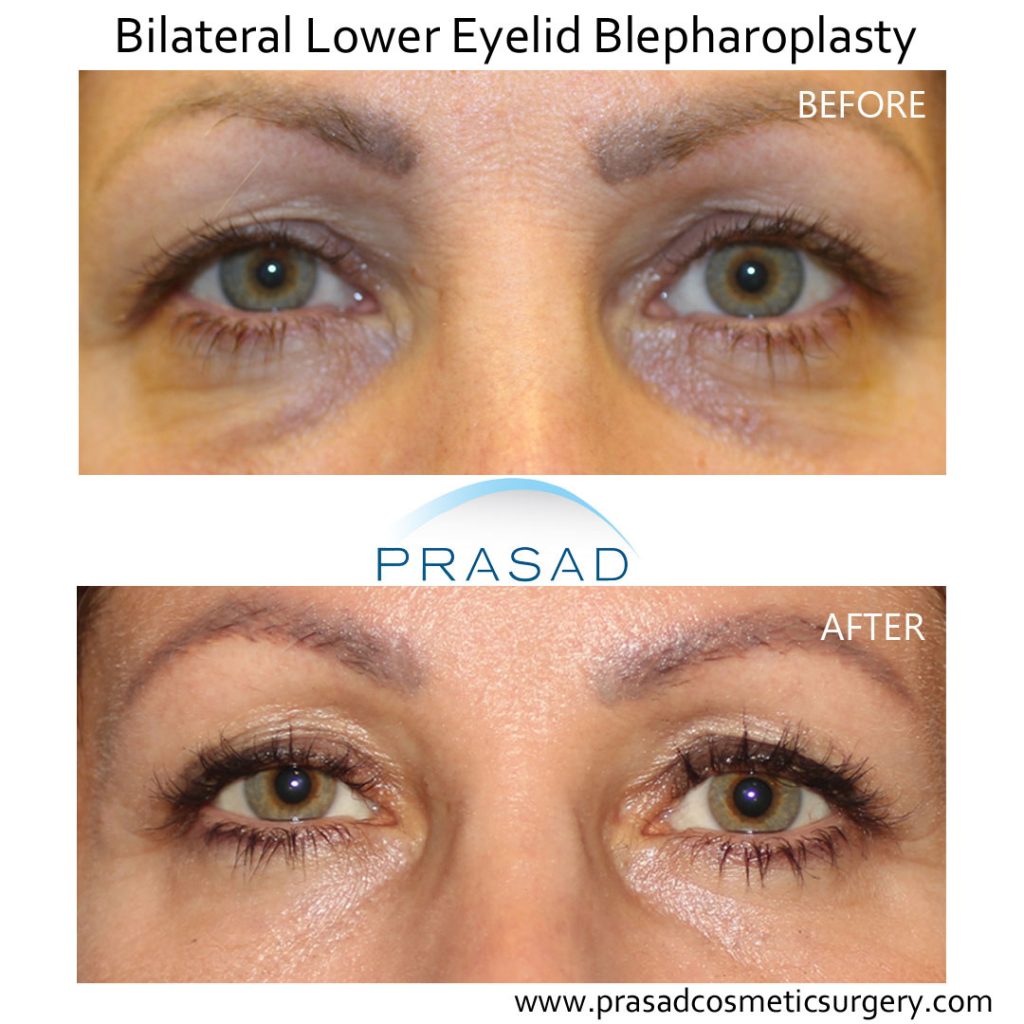

I’ve been using fully ablative CO2 lasers to treat patients since the mid-1990s. As technology progressed, I continued to incorporate newer technologies such as fractional CO2, and Erbium laser, as well as more recent technological advances such as long pulse Erbium and Nd:YAG laser, as well as non-ablative technology such as Q-switch laser. I also offer radiofrequency treatments such as Pelleve to patients with darker ethnic skin who are not candidates for laser treatment. I was also one of the first in the cosmetic medicine field to advocate for the use of platelet-rich plasma (PRP) to improve skin quality.
How Long is Downtime with Laser Treatment for Wrinkles?
When the first fully ablative CO2 lasers were used in the 1990s, the outer layer of facial skin would be removed, leaving the skin raw, so the aftercare was essentially burn management. Downtime was for several weeks with intense redness lasting for months. Once the new layer of skin came in and the wrinkles improved, the patients were mostly happy with their results. This prolonged downtime as well as conspicuous appearance in the first week to 2 weeks kept a lot of potential patients away from this treatment.
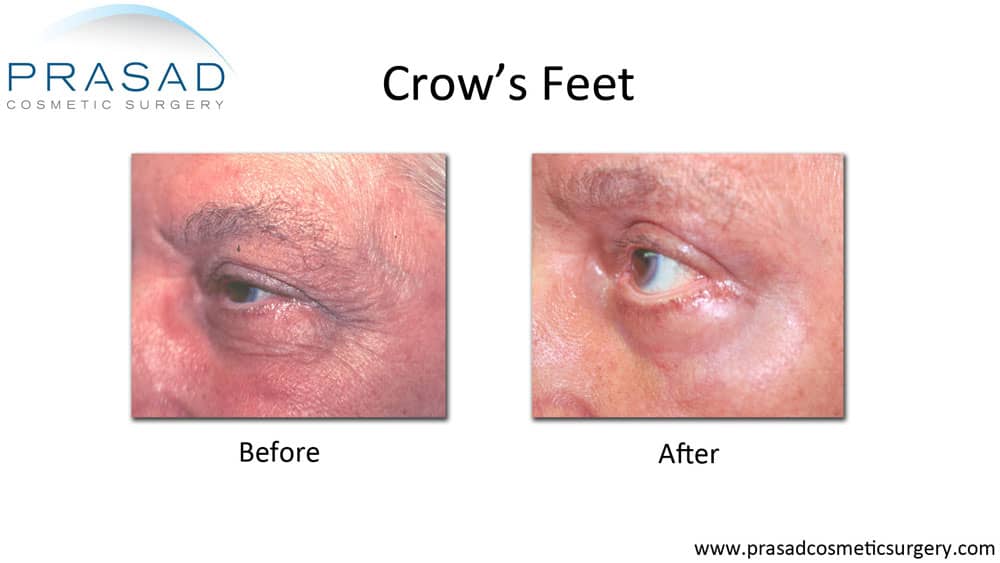
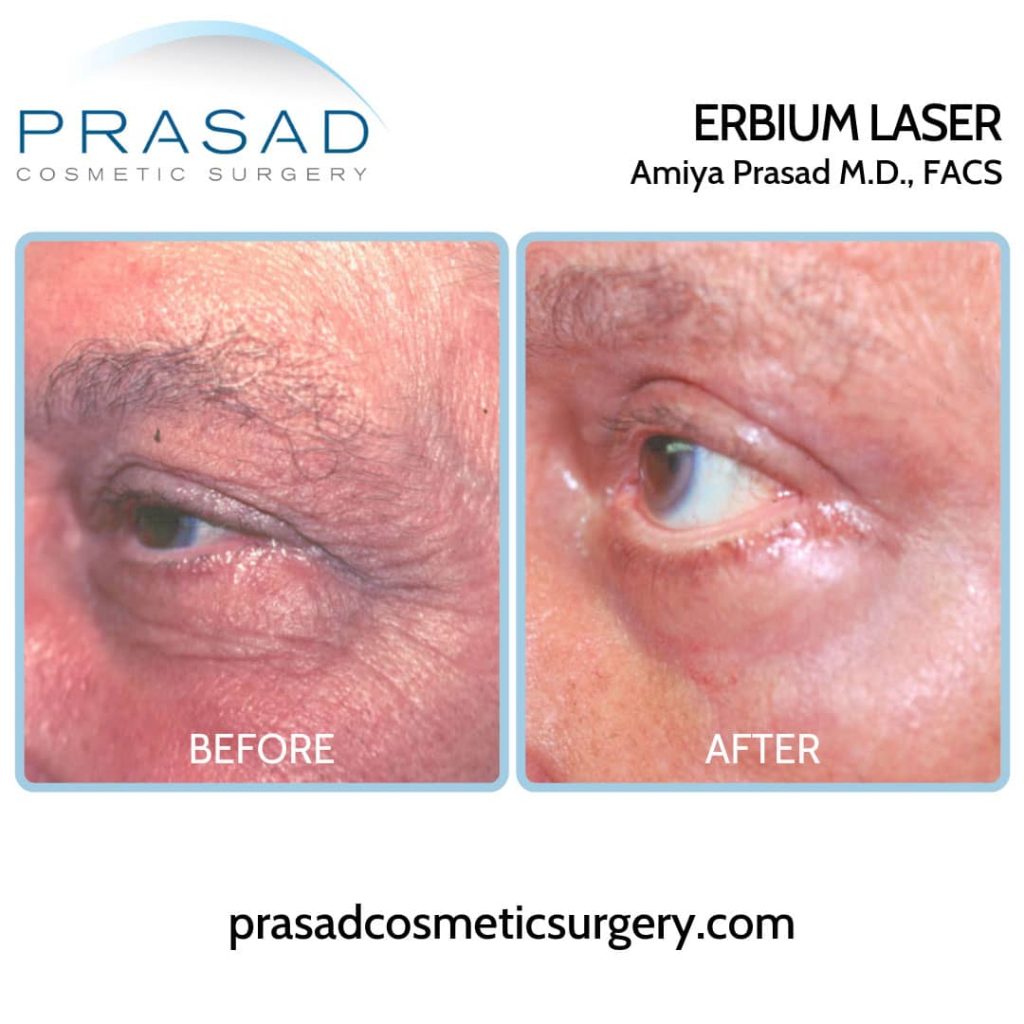
Laser Treatment with No Downtime
By first understanding the underlying issues in the skin that we are attempting to address, consider that the skin is about 2 mm thick, and made up of two layers: the dermis, and the epidermis. The dermis is the skin’s backbone or foundation, which is supported by collagen cables. Collagen breakdown and loss are caused by aging, health, and environmental factors.
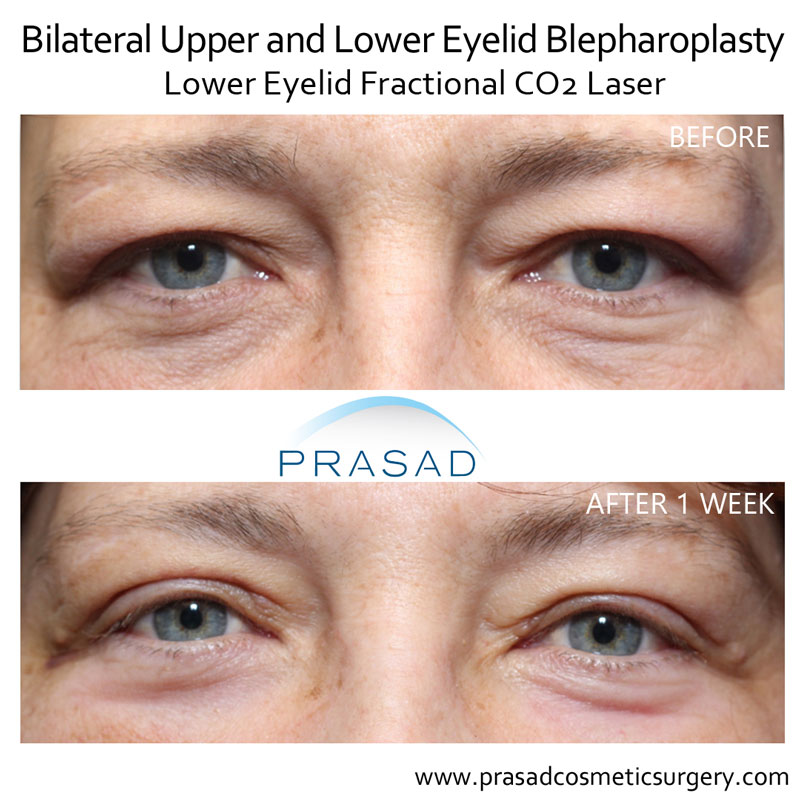
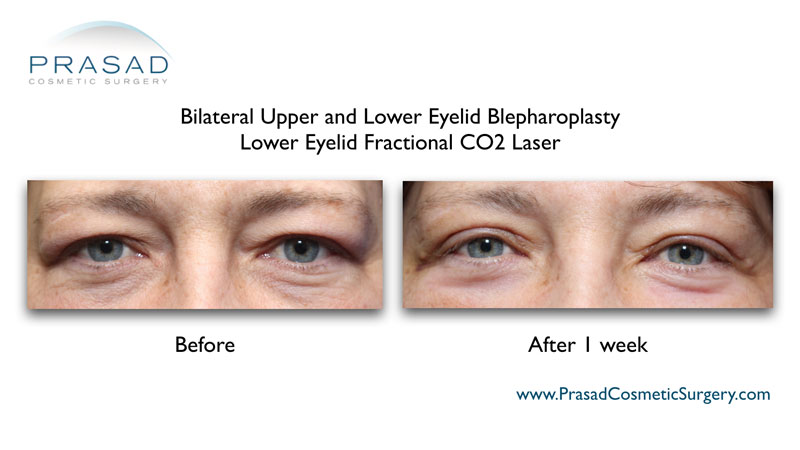
Loss of collagen in the skin has the same effect on the skin as cracks in the foundation of a building. Static wrinkles appear with the face at rest as a result of a loss of support caused by collagen loss. The stimulation of the skin to produce collagen is a universal goal, with every new technology claiming superiority over other devices. When you look at the claims made by technologies like laser, radiofrequency, and micro-needling, you’ll notice that they all list collagen stimulation as a significant benefit. Much of this collagen stimulation is based on the skin’s physiologic response to a medically induced controlled injury, so the skin heals itself by producing collagen.
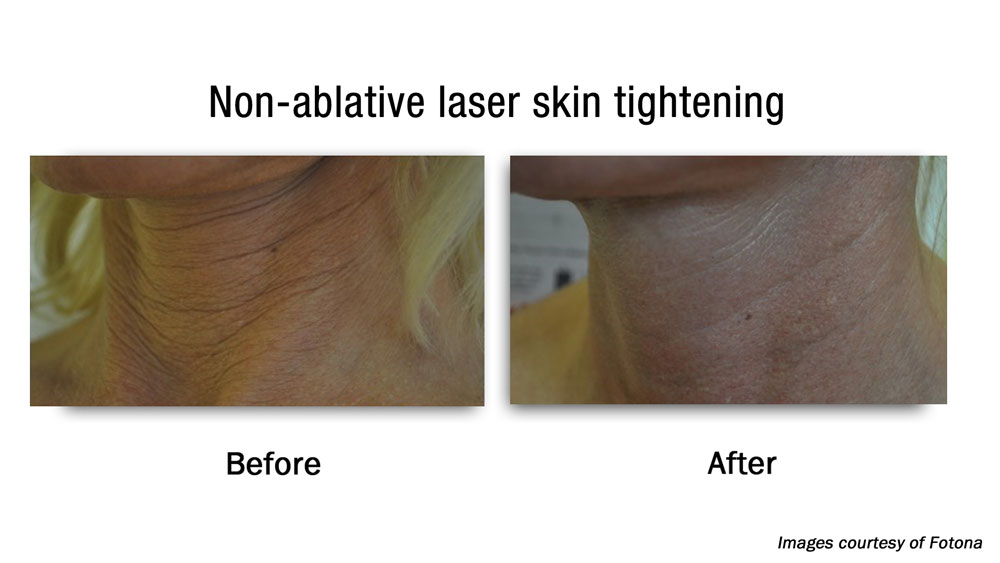

Regardless of technology, there is a limit to how much collagen the skin can generate, but this concept has been largely ignored by practitioners, in my experience. In our practice, it is common to see a patient after they have had several different laser treatments for wrinkles, performed by several different practitioners over the course of a few years.
By the time these types of patients reach us, I frequently discover scarred or thinner skin as the result of excessive treatment. I compare this skin injury to the type of injury that occurs when you force someone with weak muscles to lift weights that are too heavy. This means that a wrinkle treatment strategy must be well thought out before it is implemented.
To improve the appearance of wrinkles, laser treatment can be used to stimulate collagen in the dermis to restore support, and renew the top layer of skin to restore even texture and color. During my assessment, I look at what my patient wants to improve, and determine the level of severity of the fine lines they’re interested in treating.
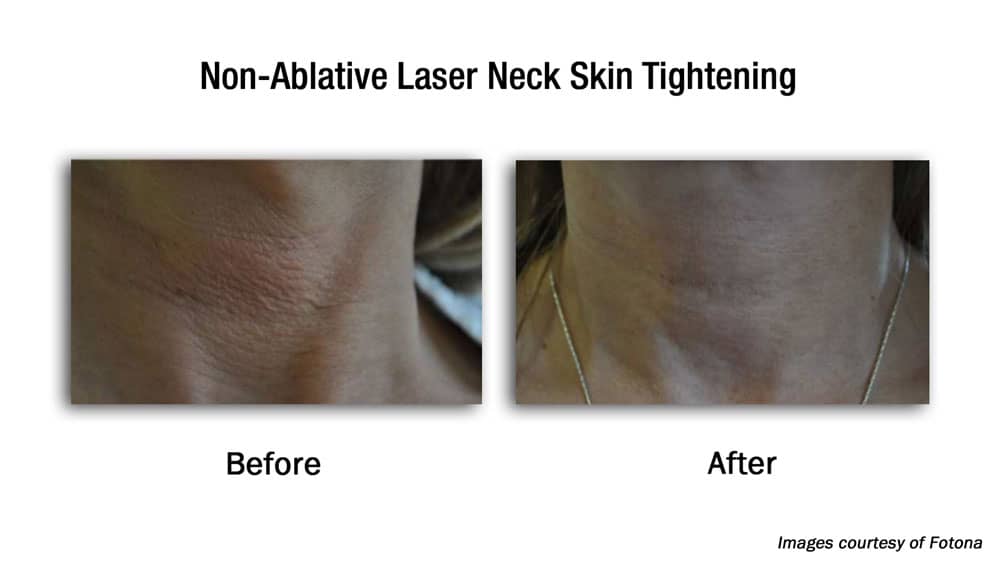
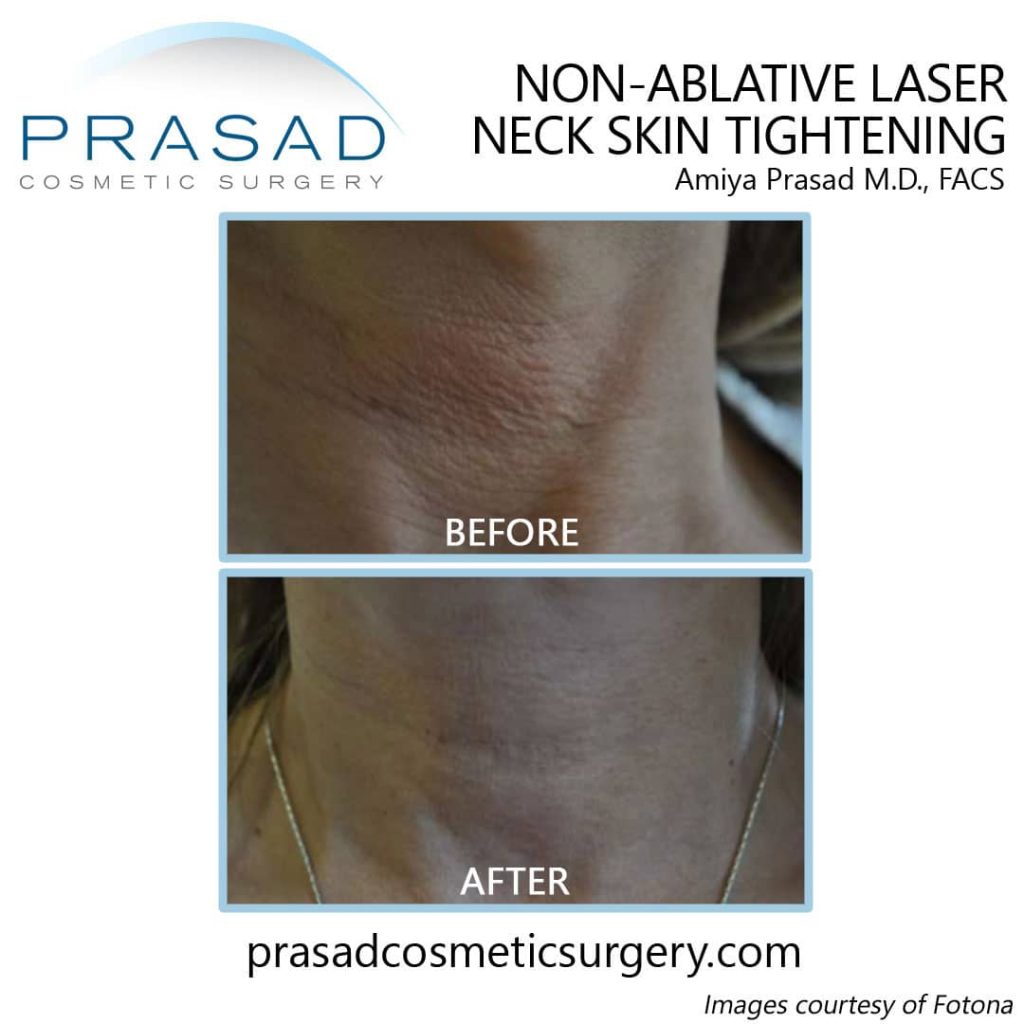
I explain to my patients that as a general rule, the deeper the lines, the more aggressive the laser treatment needs to be. Practically speaking, I find that unless I’m doing a surgical procedure such as eyelid surgery, or facelift surgery when people are already taking a week or so off so they have a period of time that they will not be seen, my patients prefer to avoid procedures where the skin is ablated and they have to be out of commission for even a few days.
For minimal to moderate depth wrinkles, laser treatment can be performed, without ablation, and without the downtime. One laser I use is a non-ablative 1064 YAG laser. The outer layer of skin is preserved, but the heat of the laser can penetrate into the dermis to induce a collagen response to remodel the skin. Since wrinkles are often associated with sun-induced skin discolorations, I also treat these discolorations referred to as solar dyschromias, and solar lentigos.
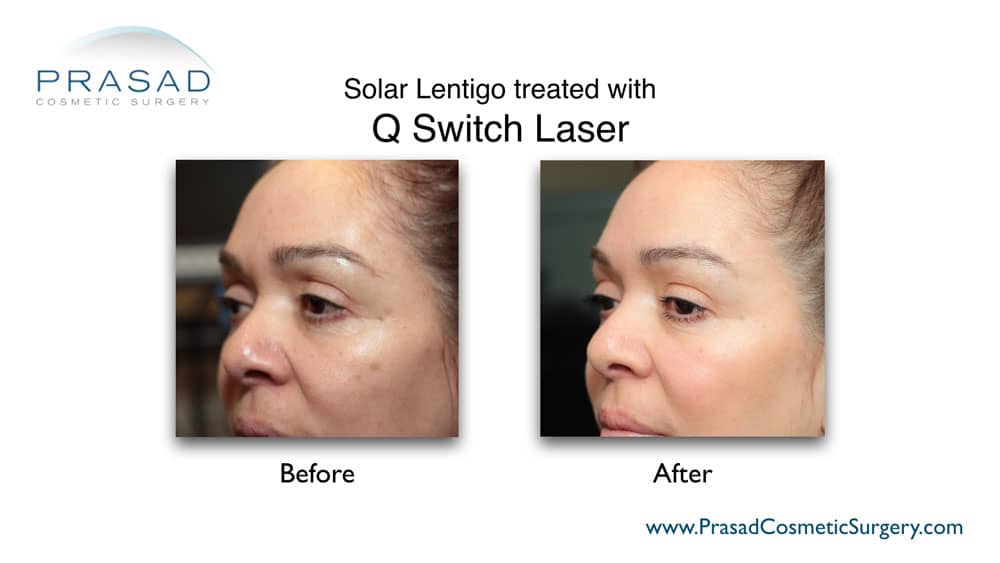

To treat pigment at this level, I use the Q-switch laser, which does not ablate the top layer of skin. We use the same Q-switch laser for tattoo removal in our office. I then administer platelet-rich plasma, or PRP, to stimulate maximum collagen production in the body without the use of heat. PRP is the concentrated wound healing and growth factors found in human blood.
PRP is made by drawing blood from a patient, and then spinning the blood in a centrifuge to separate the platelets. PRP can benefit the skin by stimulating collagen, improving blood supply, and increasing skin thickness, which results in a nice glow and luster to the skin that is unique to PRP.
While PRP is frequently injected into the skin or applied topically with microneedling, I have discovered that Skin Boosting, which uses a specially designed device to deliver PRP into the skin. Skin Boosting effectively delivers PRP into the skin without causing swelling, bleeding, or bruising. PRP can also be combined with hyaluronic acid to create a scaffold for fibroblasts to more effectively place collagen, while also adding hydration to the dermis.
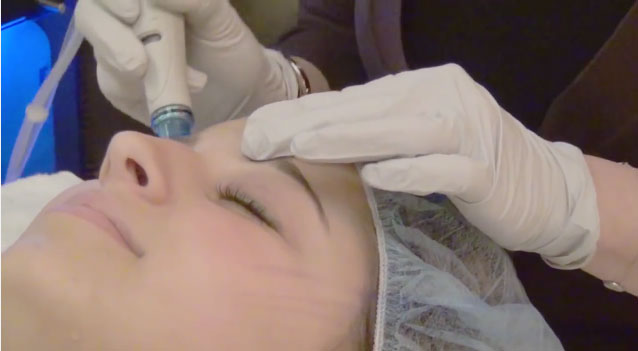
We assist our patients with a procedure called HydraFacial to improve the skin surface or epidermis, without downtime. HydraFacial uses water to remove dead skin cells from the outer skin layer in the same way that microdermabrasion does, but without the irritation that traditional microdermabrasion causes. During a HydraFacial session, glycolic acid and hyaluronic acid are frequently used to provide maximum benefit to the epidermis. There is no downtime with HydraFacial, and the skin can look great immediately after the procedure.
More aggressive lasers have an important role in wrinkle treatment and skin improvement. Fractional and partially ablative lasers like CO2, Erbium, and Nd:YAG are still highly effective for combined improvement of the dermis and epidermis. Although downtime is required any time the outer skin layer is partially ablated, it can be for a limited time.
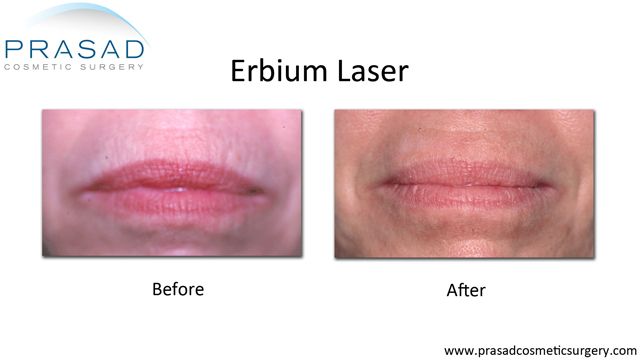
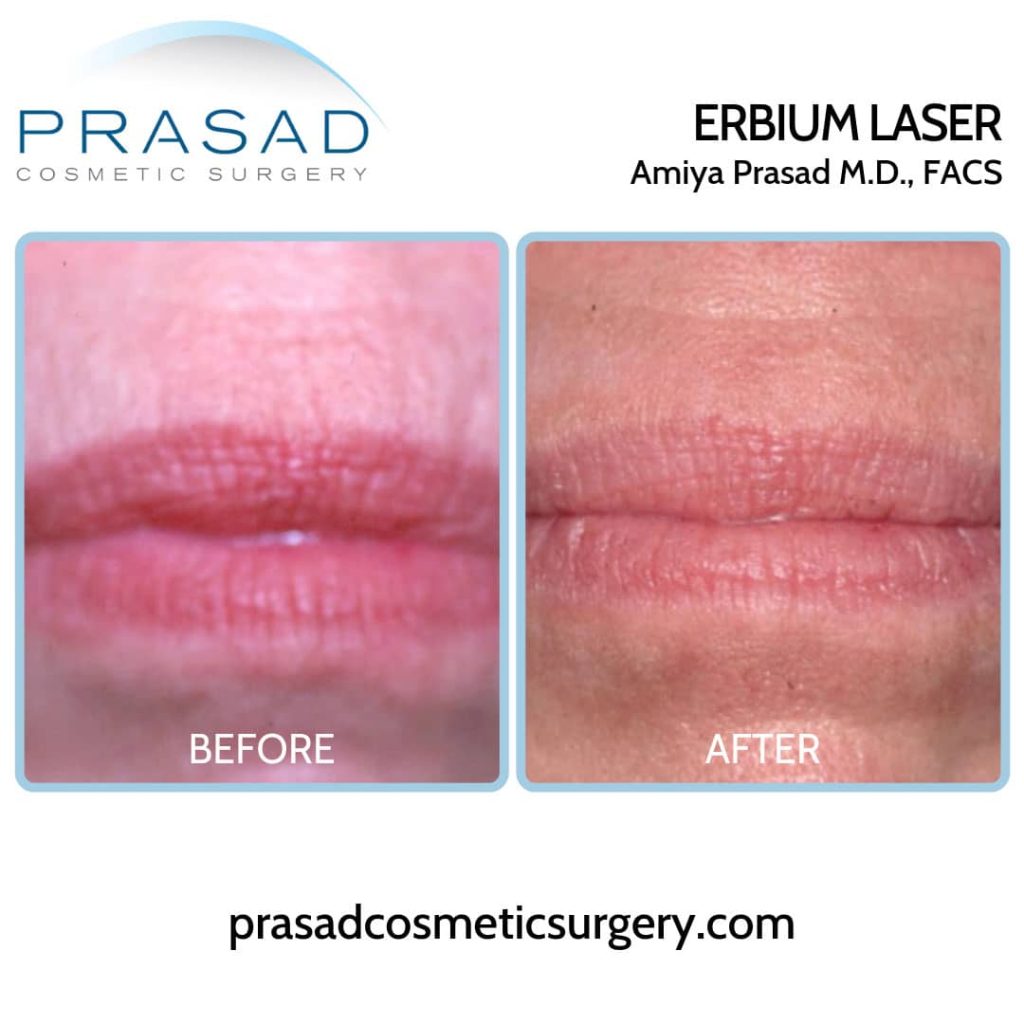
Conclusion
In my practice, I strive to help patients with minor to moderate wrinkles by combining technologies such as non-ablative laser, radiofrequency, PRP, and HydraFacial to achieve maximum results, with minimal downtime. I offer my patients perspectives, as well as a maintenance strategy. Companies that pay celebrities to claim that the secret to their youthful appearance is a technology they were paid to endorse bombard consumers with aggressive messaging. You can potentially avoid having your skin cooked and damaged by finding an ethical and highly experienced doctor who will work with you long-term, to help you achieve your goals and look your best.
Laser Resurfacing NYC and Long Island, New York
Dr Amiya Prasad is a Board-certified cosmetic surgeon, and a Fellowship-trained cculofacial plastic & reconstructive surgeon. He’s been in practice in Manhattan, New York City, and Garden City. Long Island for over 25 years. To schedule an appointment fill-up the form below or call our offices at (212) 265-8877 for Manhattan, New York City; (516) 742-4636 Garden City, Long Island; or (703) 356-1336 for Vienna, Virginia.
